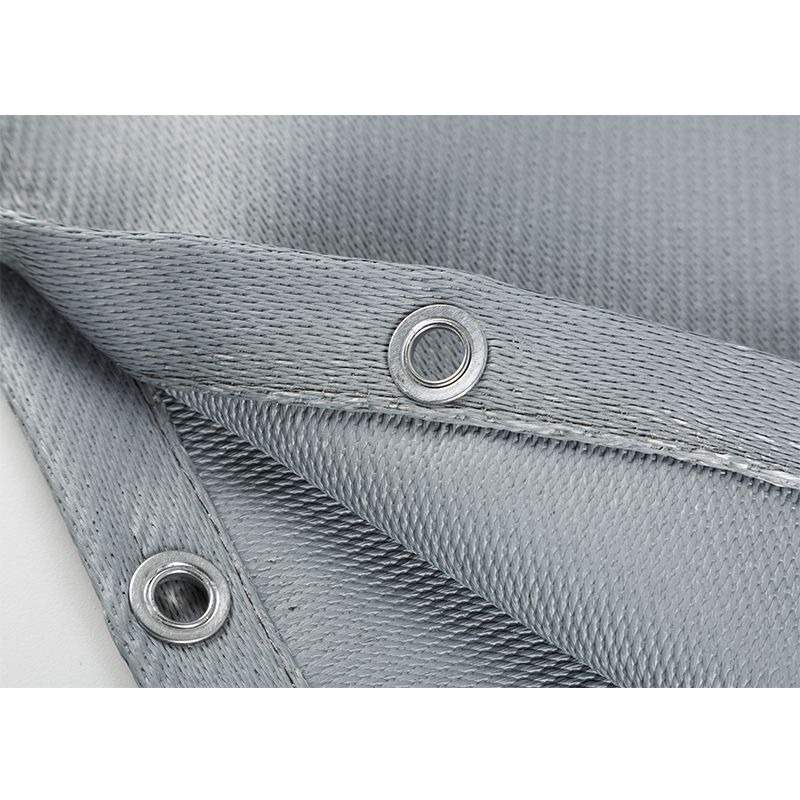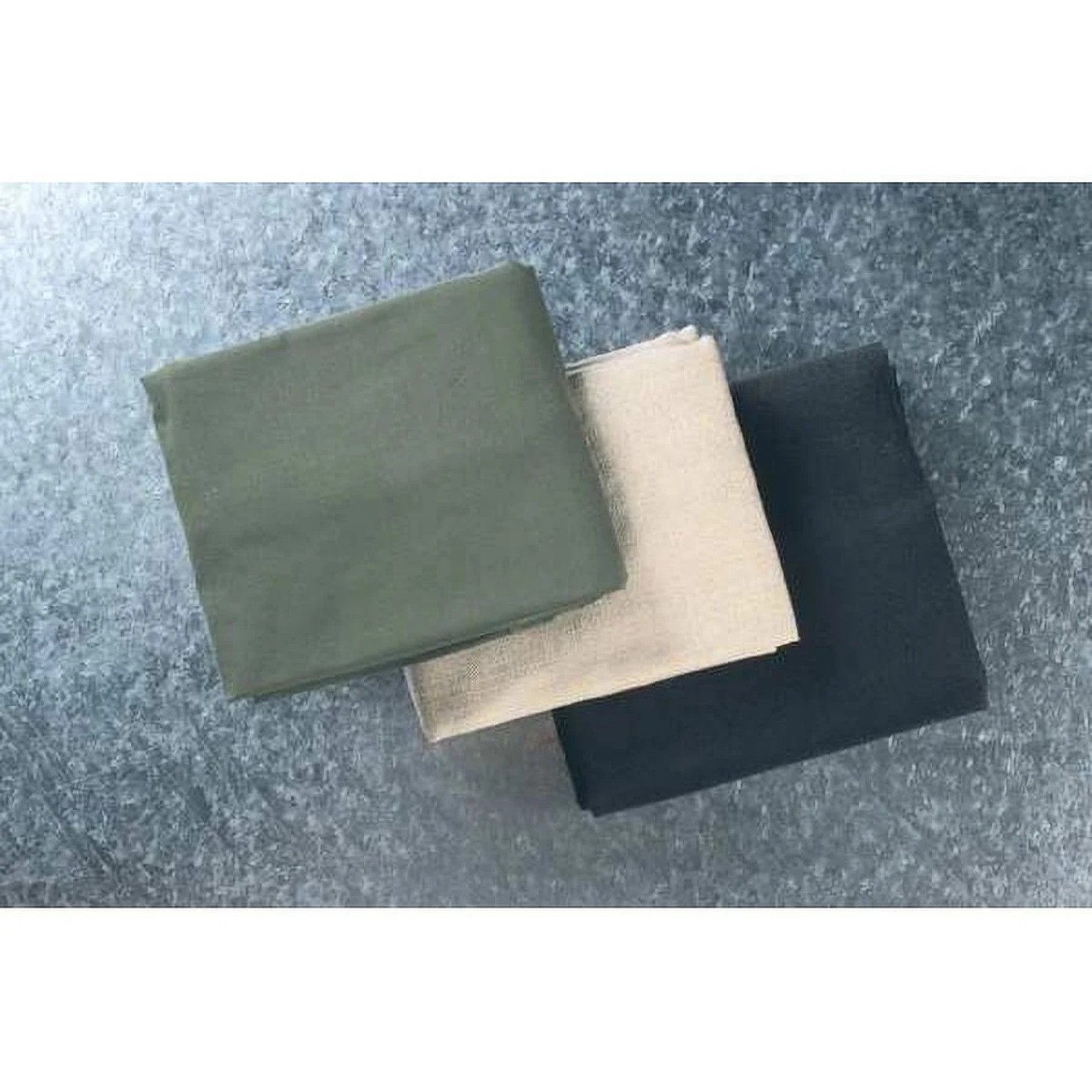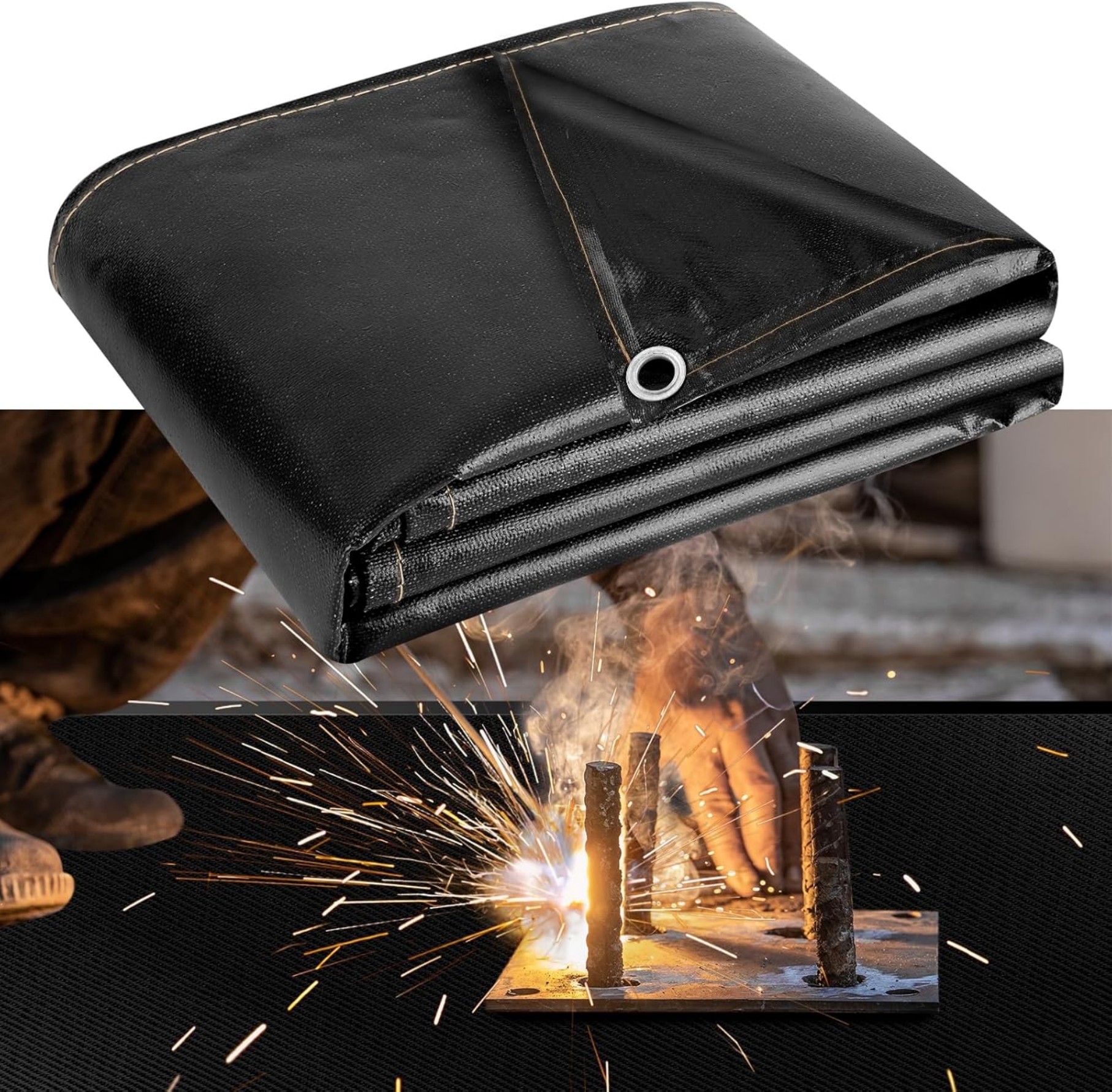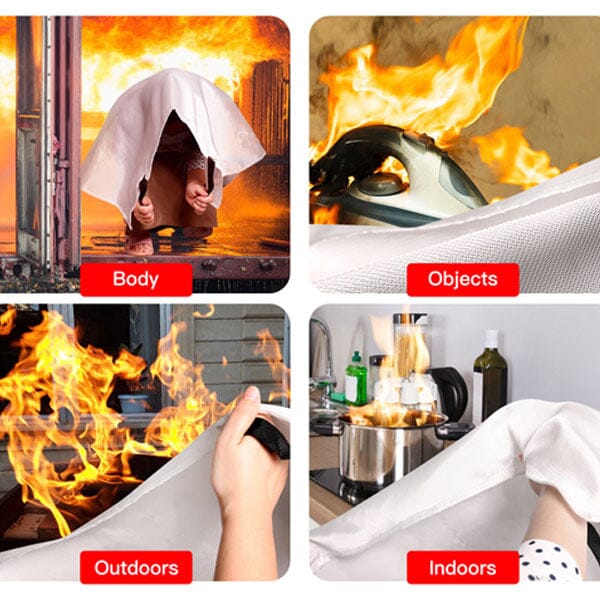Welding Blankets: Fireproof Protection for Safe Metalwork
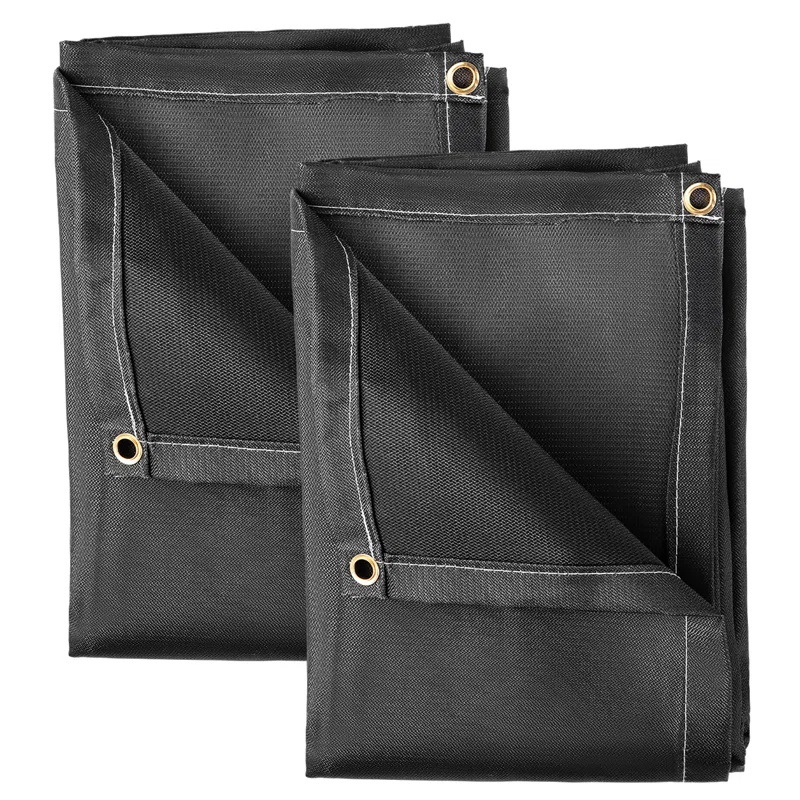
Summary:A welding blanket is essential safety gear that protects against sparks, heat, and molten metal during welding. This guide explains their materials, uses, selection criteria, and proper maintenance for optimal protection.
What Is a Welding Blanket?
When you weld, sparks and molten metal can fly several feet. A welding blanket acts as your first line of defense against fire hazards. These specialized covers are made from fire-resistant materials that withstand extreme temperatures up to 3,000°F (1,650°C). Unlike regular blankets, welding blankets won't catch fire or melt when exposed to welding sparks.
Key Materials Used in Welding Blankets
You'll find three main material types for welding blankets:
- Fiberglass:The most common choice, offering good heat resistance at an affordable price. Fiberglass blankets typically handle 1,000-1,800°F (540-980°C).
- Silica:For higher temperature applications (up to 3,000°F), silica blankets provide superior protection but cost more.
- Carbon Fiber:Used in specialized industrial settings where extreme heat resistance and durability are required.
When Should You Use a Welding Blanket?
You should always use your welding blanket in these situations:
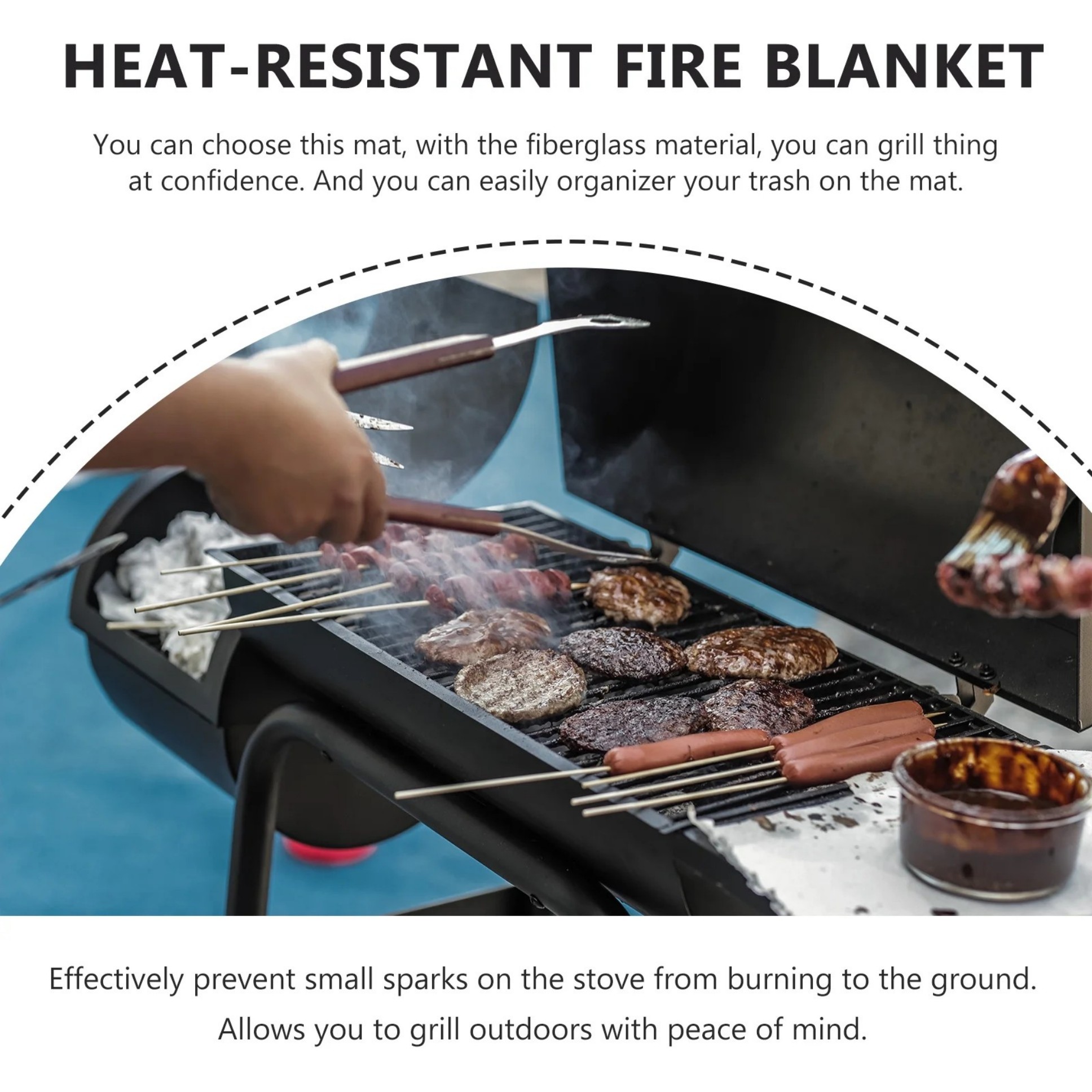
- Covering flammable surfaces near your work area
- Protecting sensitive equipment from sparks
- Creating a safe zone when multiple welders work nearby
- Containing molten metal during cutting operations
- Shielding bystanders from UV radiation
Choosing the Right Welding Blanket
Select your welding blanket based on these factors:
Size:Measure your work area - common sizes range from 3'x3' to 12'x12'. Larger blankets provide more coverage but are harder to handle.
Temperature Rating:Match this to your welding process. MIG welding typically requires 1,000-1,500°F protection, while plasma cutting needs 2,000°F+.
Weight:Heavier blankets stay in place better but reduce mobility. Lightweight options are easier to reposition.
Proper Care and Maintenance
To extend your welding blanket's lifespan:
- Shake off debris after each use
- Store folded or rolled in a dry place
- Inspect regularly for holes or frayed edges
- Clean with compressed air - never wash with water
- Replace when material becomes brittle or shows significant wear
Safety Tips When Using Welding Blankets
Remember these precautions:
Always secure your blanket properly - loose covers can create tripping hazards. Never use damaged blankets as they compromise protection. Combine your blanket with other PPE like gloves and face shields. Keep a fire extinguisher nearby as an additional safety measure.
Beyond Welding: Other Uses
Your welding blanket has multiple applications:
- Grinding operations
- Foundry work
- Fireplace protection
- Emergency fire containment
- Hot work in construction
Conclusion
A quality welding blanket is a smart investment for any metalworker. By choosing the right type and maintaining it properly, you ensure years of reliable protection. Always prioritize safety - your welding blanket is just one part of a complete protective system when working with extreme heat and sparks.


